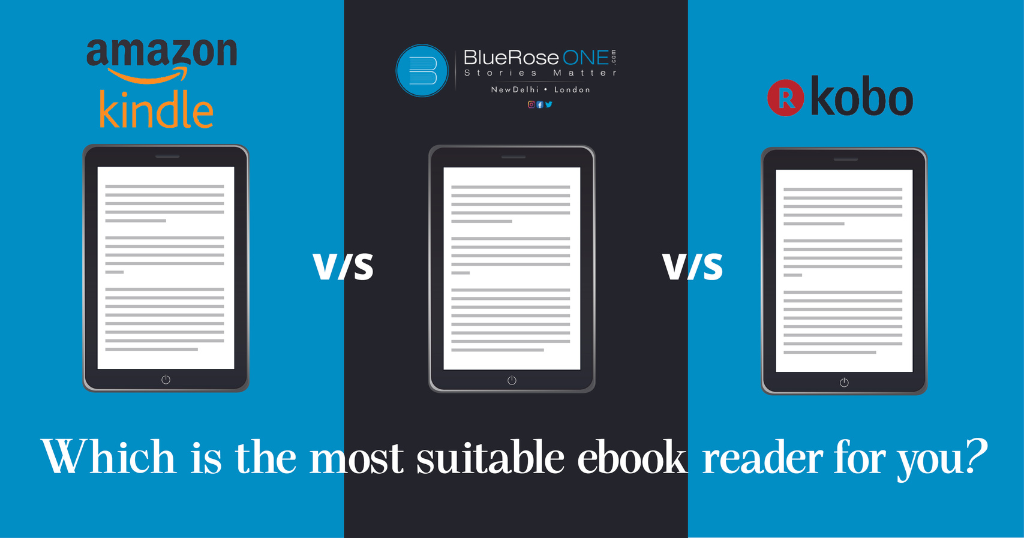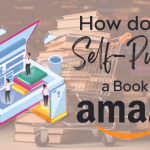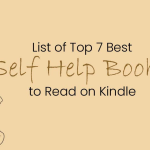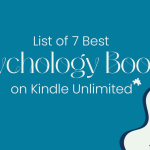In the digital age, the way we consume literature has evolved drastically. With the advent of eBook readers, book lovers can carry entire libraries in their pockets, making reading more convenient than ever. Among the many eBook reader options available, Kobo, BlueRoseONE, and Kindle stand out as some of the most popular choices.
But which one is the right fit for you? In this comprehensive comparison, we’ll delve into the features, pros, and cons of each platform to help you make an informed decision.
Kobo: Versatile and Reader-Centric
Kobo, also known as Rakuten Kobo Inc., is a Canadian firm that sells ebooks, audiobooks, e-readers, and tablet computers. It is based in Toronto, Ontario, and is a subsidiary of the Rakuten conglomerate, a major Japanese e-commerce company. The name “Kobo” is a fascinating anagram of the word “book.”
Kobo’s roots may be traced back to February 2009, when the Canadian bookshop company Indigo Books and Music launched “Shortcovers,” a cloud-based e-reading service. Indigo conducted a rebranding exercise in December 2009, calling the service “Kobo” and establishing it as an independent company.
However, a significant transition occurred when Rakuten, the Japanese e-commerce giant, acquired Kobo from its previous owners in January 2012. This acquisition marked a new chapter in Kobo’s journey.
Read: What are the Advantages & Disadvantages of Print on Demand (POD).
Furthermore, in May 2016, Waterstones, a renowned book retailer, announced the sale of its eBook business to Rakuten Kobo Inc. Following this development, users were redirected to access their eBooks through Kobo’s dedicated eBook platform starting June 14, 2016.
Kobo has demonstrated resilience and adaptability during challenging times, such as the COVID-19 pandemic. The company collaborated with governments, publishers, and retail partners to offer more than 20 million free books as part of the “Stay Home and Read” program.
Throughout the pandemic, genres like romance and mystery remained popular among readers, and there was an increased demand for books aimed at children and young adults. Kobo’s ability to navigate the evolving landscape of reading preferences reflects its commitment to providing a diverse and accessible range of literary content to its users.

Kobo reading app
Pros of Kobo:
- Wide eReader Selection: Kobo recognises that readers’ choices and budgets vary. As a result, they provide an astounding range of eReaders, ranging from the low-cost Kobo Nia to the high-end Kobo Forma. This diversity guarantees that a Kobo device is available for everyone, catering to both casual readers and bibliophiles.
- eBook Library Compatibility: One of Kobo’s distinguishing characteristics is its support for numerous eBook formats, including the commonly used ePub format. This compatibility is a huge benefit for users who frequent libraries or love researching small publishers, as ePub eBooks are frequently available from these sources. Because Kobo’s format supports flexibility, you may access a large and diversified collection of digital books.
- ComfortLight Technology: Kobo prioritises user comfort, particularly during overnight reading. Many Kobo eReaders include ComfortLight technology, which lowers exposure to blue light. This function reduces eye strain and provides a more comfortable reading experience in low-light situations.
- No Ads: Kobo eReaders are ad-free, guaranteeing an uninterrupted and immersive reading experience. Unlike some other eReaders that display ads on lock screens or within the interface, Kobo respects your reading time by providing an ad-free environment.
Cons of Kobo:
- Smaller eBook Store: While Kobo has a sizable eBook shop with a broad variety, it may not be as large as Amazon’s Kindle store. The enormous Kindle library contains a wide choice of titles, including several exclusives. While the Kobo library is huge, some readers may find that the Kindle has a larger selection.
- Less integration: The Kobo ecosystem integration isn’t as smooth as the Kindle’s. Amazon’s extensive ecosystem, which includes services such as Kindle Unlimited, Amazon Prime, and Audible, promotes Kindle. While Kobo provides similar services, they may not be as well linked, which may be a factor for readers who prefer a tightly knit digital environment.
Kindle: The Ecosystem Powerhouse
The Amazon Kindle is a line of e-reader devices precisely designed and sold by the multinational retailer Amazon. These cleverly built devices let users easily browse, purchase, download, and immerse themselves in a wide range of literary offerings, ranging from e-books and newspapers to magazines and numerous other types of digital media. This magical experience is made possible by wireless connectivity, which allows customers to easily browse the Kindle Store.
The concept and development of this innovative hardware platform took shape within Amazon subsidiary Lab126. Its inception, dating back to 2007, introduced the world to a single device that would redefine the way we engage with literature. Since then, the Amazon Kindle family has expanded, encompassing a diverse range of devices.
Read: What is Amazon KDP? A to Z about Kindle Direct Publishing?
These include e-readers featuring cutting-edge E-ink electronic paper displays and Kindle applications meticulously crafted for integration across all major computing platforms.
The seamless integration of Amazon Kindle devices with both Windows and macOS file systems is a noteworthy feature. This integration improves the user experience by making it easier to engage with Kindle Store content. As of March 2018, the Kindle Store has a remarkable selection of over six million e-books, providing users in the United States with a large and diverse library to peruse. This reflects Amazon’s dedication to offering its consumers a diverse and extensive literary ecosystem.
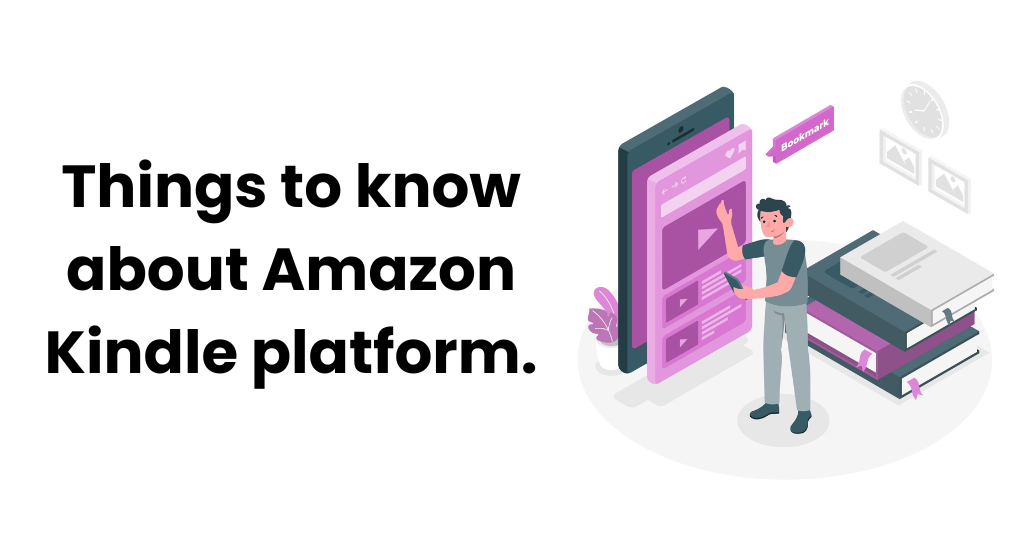
Things to know about Amazon Kindle
Pros of Kindle:
- Vast eBook Library: The most notable advantage of the Kindle is its extensive eBook library. With millions of titles accessible, including many exclusive Amazon titles, readers have a plethora of alternatives. Whether you enjoy bestsellers, classics, or niche genres, the Kindle eBook shop is certain to have something to suit your literary tastes.
- Seamless Integration: Kindle offers seamless integration with Amazon’s expansive ecosystem. If you’re a member of Kindle Unlimited or Amazon Prime, you gain access to a treasure trove of books, magazines, and audiobooks. Moreover, Kindle works harmoniously with Audible, enabling you to seamlessly switch between reading and listening to audiobooks.
- Whispersync: Whispersync technology from the Kindle streamlines the reading experience. It allows you to sync your reading progress between devices, including your Kindle eReader and the Kindle app for smartphones and tablets. This function ensures that you can resume where you left off, regardless of the device you’re using.
- Wide Range of Devices: Kindle offers a diverse range of eReaders, catering to various preferences and budgets. From budget-friendly models to premium options like the Kindle Oasis, with its ergonomic design and adjustable warm light, there’s a Kindle device for every type of reader.
Cons of the Kindle:
- Ads on Some Devices: While you can opt for ad-free versions of Kindle devices, some models display ads on the lock screen to subsidise their cost. Although these ads aren’t overly intrusive, they may not be to everyone’s liking.
- Limited eBook Format Support: Kindle primarily supports its proprietary eBook format, AZW. While this format works seamlessly within the Kindle ecosystem, it can be limiting if you prefer to read eBooks from other sources that use different formats. This limitation may require you to convert eBooks to the Kindle-compatible format, which can be a hassle for some readers.
BlueRoseONE: A Rising Star in eBook Publishing
BlueRoseONE is quickly developing as a rising star in the digital literary world while not being as securely established in the eBook publishing market as giants like Kobo or Kindle. What distinguishes BlueRoseONE is its persistent dedication to valuing authors and providing them with a solid platform for publishing their creative masterpieces.
While Kobo and Kindle are well-known names in the eBook market, BlueRoseONE takes a new and author-focused strategy. This strategy is especially appealing to independent authors looking for a platform to display their creative abilities and attract a larger audience.
What truly distinguishes BlueRoseONE is its dedication to nurturing and promoting emerging voices in the literary world. While established platforms have their merits, they may not always cater to the needs of budding writers. BlueRoseONE bridges this gap by providing a user-friendly and author-focused environment where writers can publish their works and connect with their readers directly.
In an era where self-publishing and indie authors are gaining prominence, BlueRoseONE offers a much-needed space for these voices to thrive. It not only empowers authors to bring their manuscripts to life but also supports them in navigating the complex world of digital publishing.
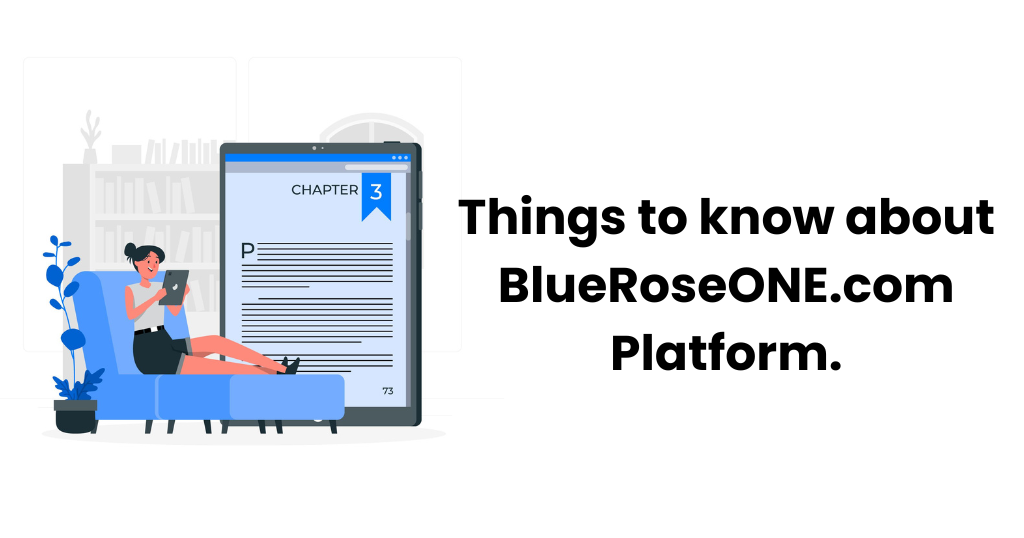
BlueRoseONE.com Reading Platform
Pros of BlueRoseOne:
- Author-Focused: BlueRoseONE distinguishes itself by being strongly oriented towards independent authors. It provides a platform that empowers authors to self-publish and distribute their eBooks, giving them control over their literary works’ destiny. This author-centric approach is especially appealing to writers looking to share their stories without the constraints of traditional publishing.
- Flexible eBook Formats: BlueRoseONE’s support for various eBook formats enhances accessibility for both authors and readers. By accommodating different formats, including industry standards like ePub, BlueRoseONE ensures that eBooks created on the platform can be easily enjoyed across a wide range of eReaders and devices.
- Author Services: The platform offers valuable services for authors, such as eBook formatting, cover design, and marketing assistance. These services can be invaluable for self-published authors who may not have the expertise or resources to handle all aspects of eBook production and promotion independently. BlueRoseONE’s support in these areas can significantly enhance the quality and visibility of self-published works.
Cons of BlueRoseOne:
- Smaller eBook Store: While BlueRoseONE maintains a respectable eBook store, it might not rival the extensive selection found on platforms like Kindle or Kobo. These industry giants have vast catalogues, often including exclusive titles, which can make them more attractive to readers seeking a broader range of options.
- Less Device Variety: Unlike the Kindle and Kobo, BlueRoseONE doesn’t manufacture its own eReaders. This means that readers using BlueRoseONE typically rely on third-party devices or apps to access eBooks. While this isn’t inherently a disadvantage, it does result in a reduced degree of device variety compared to platforms that offer both eBooks and dedicated eReaders.
Read: Instagram Book Marketing: 7 Steps on How to Promote Your Book on Instagram
Ultimately, whether you choose Kobo, Kindle, or BlueRoseONE is determined by your reading choices, device compatibility, and whether you are an author wishing to publish your work. Each platform has advantages and disadvantages, so think about your requirements carefully before making a choice. Whether you value a large eBook store, versatile format compatibility, or author-focused services, there is an eBook reading platform for you.
Frequently Asked Questions:
Yes, you can read Kindle eBooks on a Kobo eReader, but you must first convert them to a suitable format, such as ePub, using third-party software. This method may not be as simple as utilising a Kindle device for Amazon-purchased eBooks, so keep your eBook sources in mind while selecting a device.
The primary downsides of Kobo are a smaller eBook store than Kindle and fairly restricted ecosystem connectivity. Kobo may not be the ideal option if you rely significantly on Amazon services or exclusive Amazon titles.
Kobo often has an advantage for library books because it supports the ePub format, the standard for most library eBook lending platforms. Kindle devices primarily support Amazon’s proprietary format, which may not work with all library systems
No, Amazon’s Kindle remains the biggest platform for eReaders in terms of market share and eBook selection. However, Kobo and other platforms are competitive alternatives, particularly for readers who prefer ePub format books or want more device variety.
The best platform for reading eBooks depends on your preferences and needs. Kindle is known for its vast eBook store and seamless integration with Amazon services. Kobo offers a wide range of eReaders and excellent ePub format support. BlueRoseONE is an excellent choice for independent authors and those seeking a more author-centric platform.
You can read eBooks for free through public libraries that offer eBook lending services. Amazon Kindle, Kobo, and BlueRoseONE all support library eBook borrowing. Additionally, some websites and platforms offer free eBooks as part of their promotional or public domain offerings.

